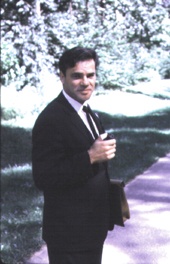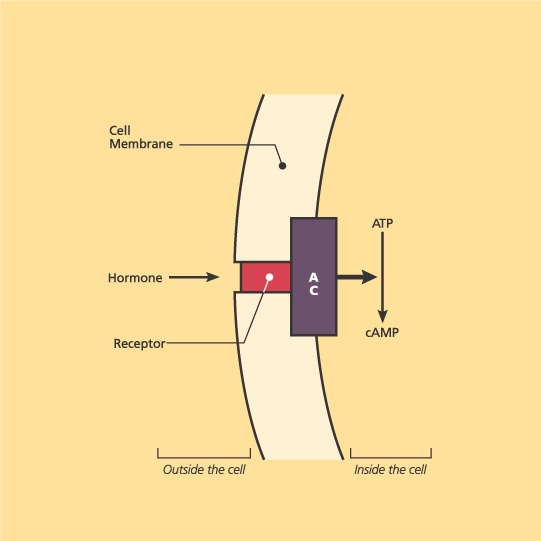Rodbell's Inspiration:
| Div | ||||||||||||||||||||||||||||||||||||||||
|---|---|---|---|---|---|---|---|---|---|---|---|---|---|---|---|---|---|---|---|---|---|---|---|---|---|---|---|---|---|---|---|---|---|---|---|---|---|---|---|---|
| ||||||||||||||||||||||||||||||||||||||||
|
To confirm for the Nobel laureate Bernardo Houssay, who was visiting Rodbell's laboratory, that these cells were viable, Rodbell showed that the cells reacted normally to the hormone insulin. This was a turning point in his career—Rodbell's focus shifted from studying the metabolism of fat to examining the actions of hormones.
"Apparently, it often happens that a simple idea can engender consequences that are far beyond the intent."
- –Martin Rodbell
The procedure for isolating fat cells was a boon to hormone research, because fat cells respond to a wide variety of hormones. No one before had been able to study hormones' effects on cells this way. Many researchers began using Rodbell's method, making his paper "The Metabolism of Isolated Fat Cells" one of the most widely cited in the field.
What causes that surge of energy you get when you are frightened?
| Div | |||||||||||||||||||||||||
|---|---|---|---|---|---|---|---|---|---|---|---|---|---|---|---|---|---|---|---|---|---|---|---|---|---|
| |||||||||||||||||||||||||
|






